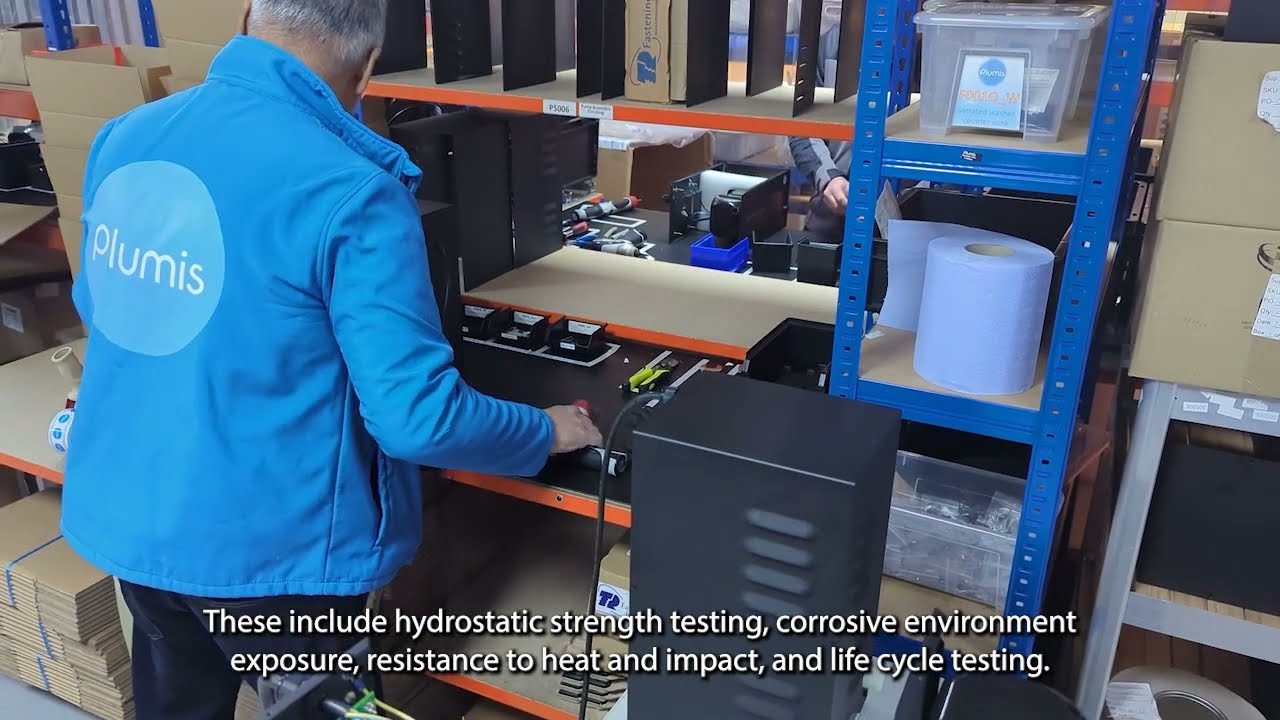Can you use Automist to meet UK Building Regulations?
Automist Smartscan conforms to BS 8458:2015. It was third-party fire tested (Exova 396498.pdf) at Warringtonfire (under the required quality system following BS EN ISO/IEC 17025:2017 - UKAS 0249.pdf). The product's performance was verified using the BSI Verification Service. This process includes submitting our technical file and Design Installation and Operation Manual (Automist Smartscan DIOM.pdf - see page 14 for conformance information), before issuing a Verification Certificate (VC 780009.pdf).
Plumis is ISO 9001 accredited for the design, manufacture and supply of water mist fire suppression systems and installer support. Quality Management System certification enables us to demonstrate our commitment to quality and customer satisfaction and continuously improve our company's operations. The internationally recognised quality management system standard is the preferred solution for organisations worldwide. Finally, we have completed a comprehensive suite of bespoke component testing for our product.
Given Automist's popularity in open-plan dwelling houses over two storeys, Plumis completed a comprehensive independent fire engineering assessment which explores the suitability of Automist for this application. Utilising probabilistic computational fluid dynamics (CFD) modelling, three different arrangements of open-plan dwellinghouses were simulated, each for 600 iterations. It concluded:
Sufficient evidence has been found to indicate that the system can typically perform equivalent to or better than the minimum expectations of a domestic sprinkler system conforming to BS 9251:2021.
Consideration has also been given to more ‘open plan’ designs which deviate from guidance, through a probabilistic computational fire modelling assessment of a series of representative dwellinghouse arrangements. Overall, the inclusion of a Plumis Automist suppression system in a three-storey dwellinghouse arrangement with an open plan stair is shown to produce a design scenario which is no more likely to result in injury or fatality during a fire than an accepted design that follows recognise fire safety guidance, such as ADB [6] or BS 9991:2015 [8].
Further information:
Approved Document B provides explicitly for the use of non-standard systems, explaining that:
'...because the approved documents cannot cater for all circumstances, variations and innovations...where the guidance in the approved document has not been followed…the person carrying out building works should demonstrate that the requirements of the regulations have been complied with by some other acceptable means or method.'
Notably, BS 9991:2015 and BS 7974:2019 can also be used to support the use of Automist to meet the functional requirements of the building regulations.
Plumis, as manufacturer, declares the product's conformity with BS 8458:2015.
Regulation 7 and Approved Document 7 states:
1.7 If the declared performance of a product is suitable for its intended use, the building control body should not prohibit or impede the use of the product.
Disclaimer: This information is not intended to be a comprehensive guide to all of the aspects of the building regulations but rather a useful source of background information. Whilst every care has been taken to ensure that the contents of this post are correct at the time of publication, it should never be used as any form of substitution for the guidance documents. It should be noted that there may be specific additional requirements dependent upon local authority building regulations and/or fire authority.
Read more - Does Automist comply with the requirements of BS 8458?


